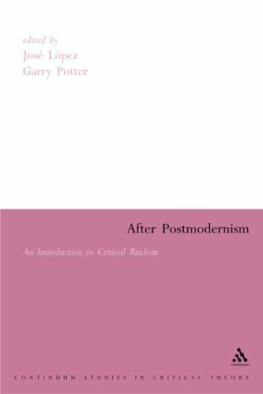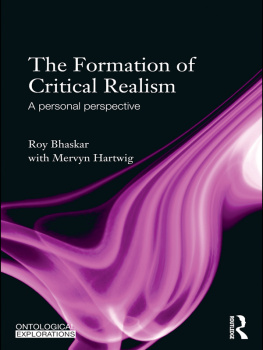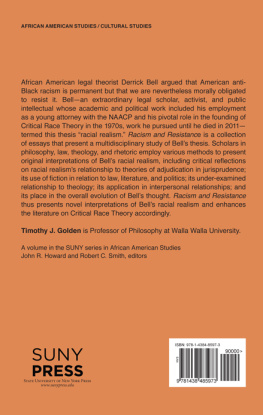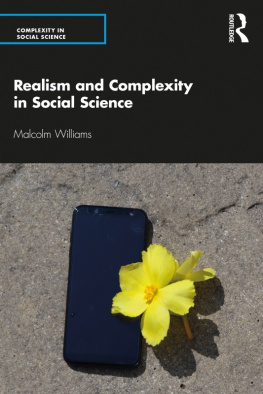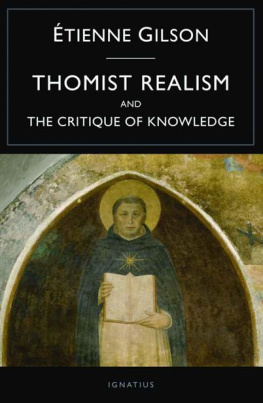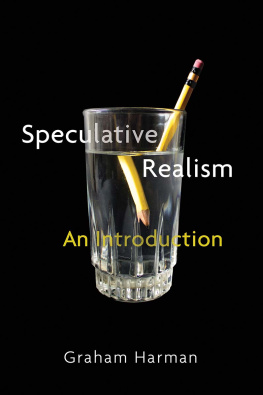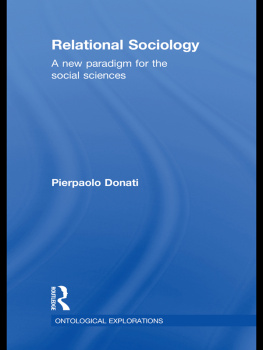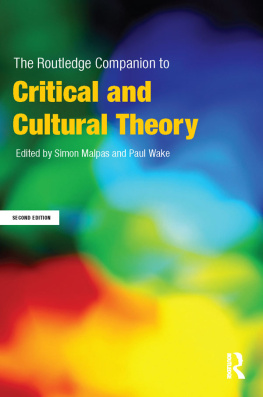AfterPostmodernism: An Introduction to Critical Realism
JOSELOPEZ
GARRYPOTTER,
Editors
THE ATHLONE PRESS
Firstpublished in 2001 by THE ATHLONE PRESS A Continuum imprint TheTower Building, 11 York Road, London SE1 7NX 370 Lexington Avenue, New York, NY10017-6503
The Contributors 2001
BritishLibrary Cataloguing in Publication Data A catalogue record for this book is available from theBritish Library
ISBN0 485 00421 6 HB 0 485 00617 0 PB
Libraryof Congress Cataloging in Publication Data A catalog record for this book is available from theLibrary of Congress
Allrights reserved. No part of this publication may be reproduced, stored in aretrieval system, or transmitted in any form or by any means, electronic,mechanical, photocopying or otherwise, without prior permission in writing fromthe publisher.
Typesetin Garamond by Aarontype Limited, Easton, Bristol Printed and bound in GreatBritain by MPG Books Ltd, Bodmin, Cornwall
CONTENTS
GENERALINTRODUCTION
AfterPostmodernism: The Millennium
Garry Potter and JoseLopez
PARTI
VARIETIESOF REALISM
Introduction
1 Howto Change Reality: Story vs. Structure - A Debate between Rom Harre and Roy Bhaskar
2 TheIntersecting Paths of Critical Relations: Multiple Realities, the Inner Planetand Three Dimensional Worlds Philip Hodgkiss
3 ReadingFoucault as a Realist Frank Pearce and TonyWoodiwiss
4 TheEthogenics of Agency and Structure: A Metaphysical Problem Charles R. Varela
PARTII
'LOOKINGFOR' AND 'LOOKING AT' SOCIAL STRUCTURE
Introduction
5 Whereis Social Structure? John Scott
6 Metaphorsof Social Complexity Jose Lopez
PARTIII
PHYSICISTSAND PHILOSOPHERS
Introduction
7 Sociologyand Epistemology Jean Bricmont
8 CriticalRealism and Quantum Mechanics: Some Introductory Bearings Christopher Norris
PARTIV
THEORY,NATURE AND SOCIETY Introduction
9 Whyare Sociologists Naturephobes? Ted Benton
10 CriticalRealism and Political Ecology Tim Forsyth
PARTV
COMPUTINGPOWER: DE-GENDERED BODIES
ANDGENDERED MINDS? Introduction
11 Keepingit Real: A Critique of Postmodern Theories of Cyberspace Pam Higham
12 IsComputing Really For Women? A Critical Realist Approach to Gender Issues InComputing Sue Clegg
PARTVI
CULTUREAND CRITICISM
Introduction
13 Truthin Fiction, Science and Criticism GarryPotter
14 ReconsideringLiterary Interpretation Philip Tew
15 Vaporisingthe Real: Artificiality, Millenial Anxiety and the 'End of History' Francis Barker
PARTVII
PRAGMATICISMAND POLITICS;
PHILOSOPHYAND PUBLIC POLICY Introduction
16 Rortyon Pragmaticism, Liberalism and the Self JustinCruikshank
17 Realismand Research, Philosophy and Poverty Politics: the Example of Smoking David Ford
PARTVIII
WAYSOF KNOWING
Introduction
18 Descartes'Individualistic Epistemology A Critique AllisonAssiter
19 SocialMovements and Science: The Question of Plural Knowledge Systems Jenneth Parker
20 DoRealists Run Regressions? Douglas V. Porpora
PARTIX
DIALECTICS
Introduction
21 Marx,Hegel and the Specificity of the Political Robert Fine
GENERALINTRODUCTION
AFTER POSTMODERNISM THE NEW MILLENNIUM
GarryPotter and Jose Lopez
AFTERPOSTMODERNISM?
Itis the best of times. It is the worst of times. It is a time for thecelebration of diversity. It is a time of fear of the Otherwhois different. Itis a time of technological marvel and a time of fear and distrust of science.It is a time of unprecedentedaffluence and a time of the direst poverty. It isa time of nostalgia for the old and enthusiasm for the new. It isa time ofoptimism and hopefor humanity's possibilities of freedom and happiness and yet grim pessimismand fear about our future.
Itis a time of great intellectual achievement and also of the keenest awarenessof the severe limitations inherent in the conditions of intellectual andscientific production. It is a year similar to many, but yet unlike any thathas come before. It is the year two thousand, the gateway to a new millenniumand as such an opportune time to pause and attempt to reassess the role ofreason, philosophy and the sciences.
Inso doing, it is impossible to avoid considering postmodernism. First, becauseit was one of, if not the most significantof the intellectual currents which swept the academic world in the last thirdof the twentieth century. Secondly, because it was an intellectual currentwhich seriously bruised the self-confidence to which reason, objectivity andknowledge had become accustomed. It was most influential in the social sciencesand humanities, though it had plenty to say about the natural sciences as well.Most significantly as far as the latter were concerned, postmodernism presentedthe most radical challenge to its epistemo-logical foundations since theEnlightenment. One could say uncharitably that unfortunately it presented anultimately intellectually incoherent challenge to those foundations. On theother hand, the claim could also be justified that it served to problematisethe very notion of philosophical 'foundations' and to critically uncover a hostof very real problems concerning humanity's relationship to knowledge,rationality, science and 'modernity'. The claim could be made that, for all itscontradictions, postmodernism served to capture the spirit of the contemporaryage. At any rate, postmodernism managed to escape the confines of the academicworld and terms such as 'postmodernity' and 'decon-struction' have passed intojournalism and popular discourse.
Postmodernismwas received differently in the various social science and humanitiesdisciplines. It was perhaps most significant in literary criticism but itsimpact was felt not only in disciplines such as sociology and history but iteven touched economics and accountancy. Postmodernism not only affected each ofthe different disciplines to quite varying degrees but it made its impact uponthem at earlier and later times. Some, perhaps, are only now beginning to cometo terms with it. That said, however, the single most significant fact aboutpostmodernism as an intellectual phenomenon in the year two thousand is this:it is in a state of decline! It lingers on, its influence for good or illcontinues, but postmodernism has 'gone out of fashion'.
Someacademics in reading the above may feel that this is a premature announcement.However, what is indisputable today is that all of postmodern-ism's mostradical propositions no longer seem outrageous; most now have a cliched ring tothem. This might simply mean that many of its most important insights have nowbecome part and parcel of the disciplines that it once challenged almost to thepoint of collapse. Nonetheless, even post-modernism's most fervent adherentsare presently trying to 'think beyond it', even if they still continue to usethe (now 'old-fashioned') terminology. Thus, what is perhaps the mostsignificant question now is: what is to come after postmodernism?
Thisquestion itself, of course, implicitly answers another one: why is it necessaryfor something to 'come after' postmodernism? The answer is double-sided. First,it simply seems to be a sociological fact that intellectual and academic lifehas its fashions and enthusiasms. One can cynically observe that the demise ofone 'exciting new' trend or school of thought generally means that another willsoon be born. Many factors will determine what comes after postmodernism inthis sense, with explanatory power and utility being only one of these.
Amongpostmodernism's achievements is a more widespread recognition of thesociological determinants of knowledge. Thus, it has at least taught us thatwhatever comes to be the next great widespread enthusiasm of the world academiccommunity, it need not necessarily be the best of the theories and methodsavailable. Intellectual fashion is difficult to predict. Another ofpost-modernism's achievements has been to more intensely problematise previousnaive notions of intellectual and scientific progress. We can only hope thatwhat comes after postmodernism will in fact be better.
Next page
